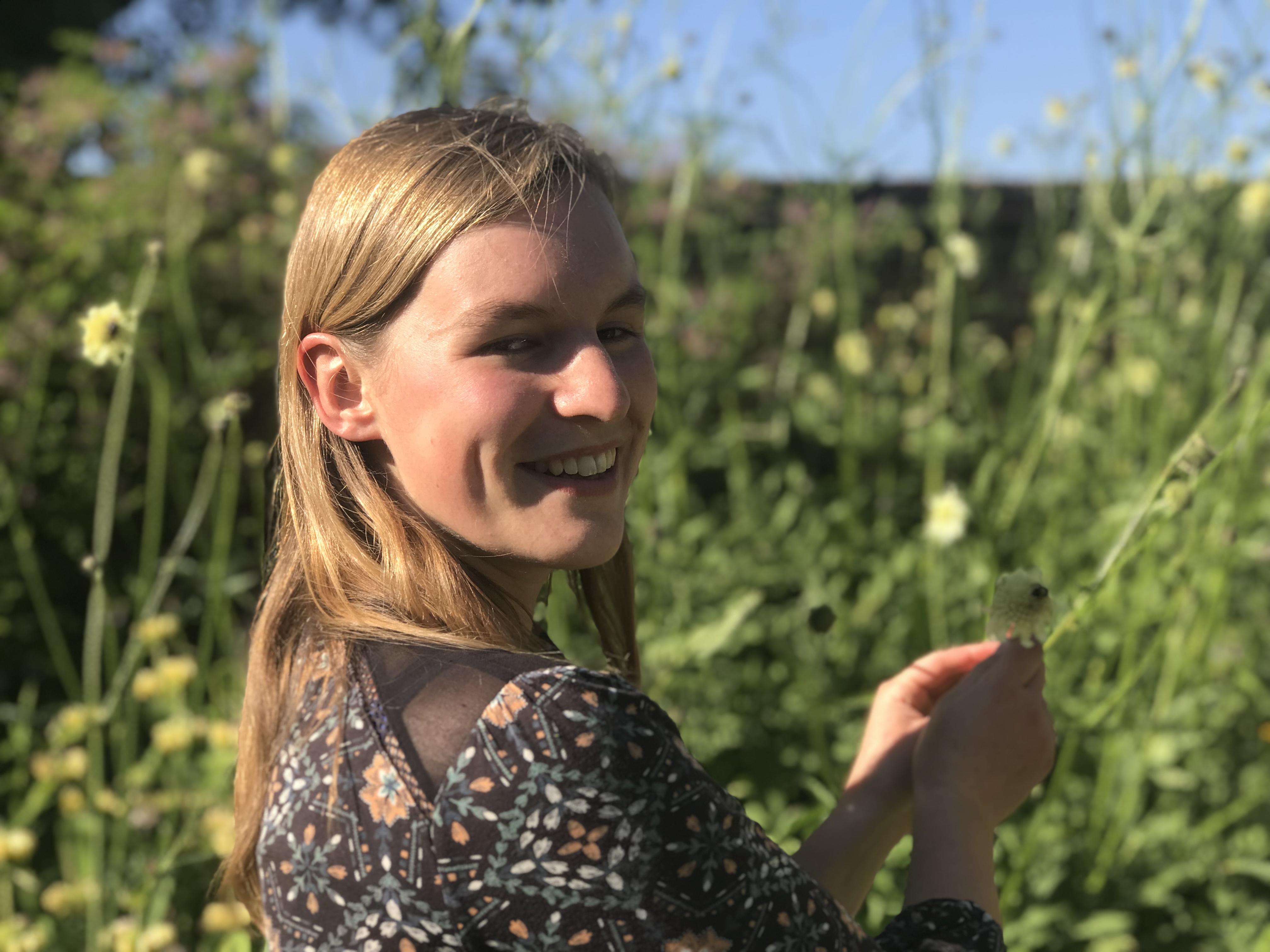A Batty Blog. Part 1 » What is a bat survey?
- Emily Sabin
- Oct 26, 2021
- 2 min read
It took me a long time to discover that bat surveying is an actual, real thing you can get paid to do.

Most of my subcontractor work deals with bats, which is probably the case for most ecologists in the UK. Dawn surveys are grueling but rewarding, and long, summer evenings are drawn longer still, as I say goodnight to Tom and the dogs before heading out to a survey. I'll be observing anything from a derelict cottage to a mansion's west wing, or the hedgerows of a cow field with impassable hoof craters in craggy mud. I'll be looking for signs of bats around their roosts, foraging or commuting from their roost to a feeding site.
Bat roost 'emergence' (dusk) and 're-entry' (dawn) surveys can only be conducted May to September inclusive and there is always a mad rush towards the end of August to get surveys done. If surveys aren't completed in the summer, planning applications will be held up, which is frustrating for clients. So we do try and pack in a lot of surveys at this time!

On these surveys, my job is to sit quietly and keep track of where the roosts are, count the bats, identify the species, and describe what they are doing, for example I'll say 'two bats emerged from the missing tile in the roof' and maybe even draw or photograph where that was. Doing all of this simultaneously is easier said than done, especially when there might be multiple roost entrances! An infrared video camera comes in handy to smooth over any human error.

Frequency, rhythm of clicks, and flight pattern help to differentiate our 17 bat species. If it flies erratically and dances around in the twilight, utters quick clicks and my detector reads 45kHz then it's nothing but a common pipistrelle. If it flies high, straight and fast, with some steep dives in open habitat, echolocating around 25kHz with a 'chop chop' sound, then it's a noctule bat. It takes time to learn all of these but once you've been on a variety of surveys it doesn't take long for the differences between bat sounds to "click" into place!
A highlight for me this year was seeing Daubenton's bats skimming over the water at the pond in Brandy Hole Copse on a bat walk I ran with an enthusiastic group in September. They're not as rare as some species, but they are a favourite of mine because of their affinity to water and being able to scoop up insects off the water's surface with their hairy feet. To discover your favourite bat, come along to one of my bat walks next year 😊
👀 Look out for Part 2 on Sunday 31st October to learn why bats have been associated with Halloween/All Hallows' Eve for centuries!




